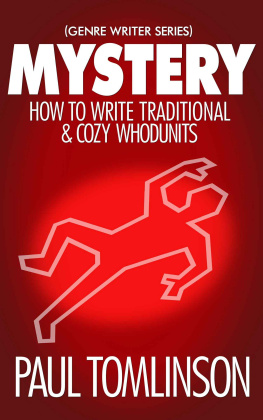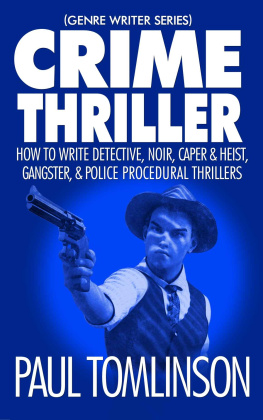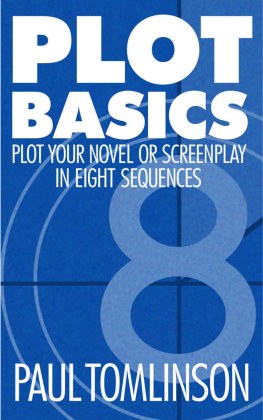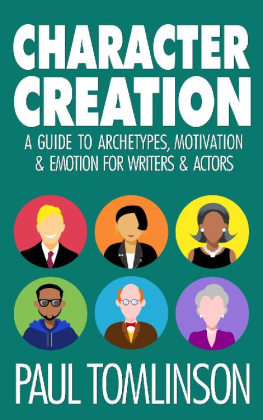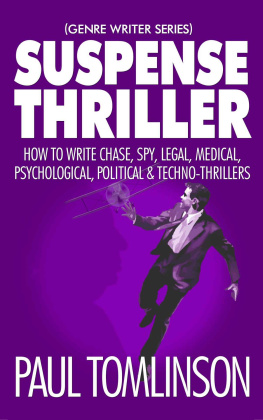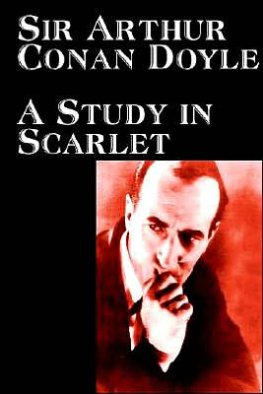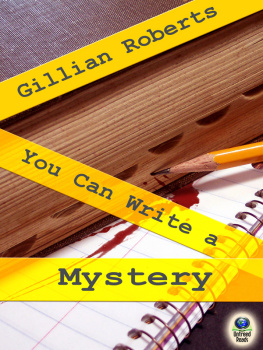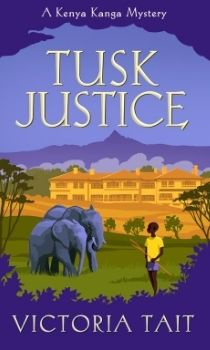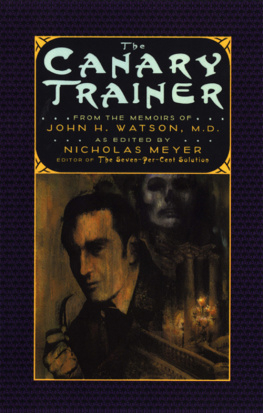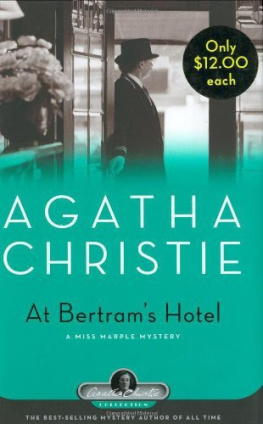Table of Contents
Copyright 2017 by Paul Tomlinson
All rights reserved. This book may not be reproduced or transmitted, in whole or in part, or used in any manner whatsoever, without the express permission of the copyright owner, except for the use of brief quotations in the context of a book review.
The content of this book is provided for educational purposes. Every effort has been made to ensure the accuracy of the information presented. However, the information is sold without warranty, either express or implied, and the author shall not be liable for any loss or damage caused directly or indirectly by its use.
First published October 2017
Publisher: Paul Tomlinson
www.paultomlinson.org/how-to
Cover image and design 2017 by Paul Tomlinson
Introduction
I should make it clear from the beginning which types of story are covered in this book and which arent. A whodunit or traditional murder mystery is the kind of story Agatha Christie wrote her Hercule Poirot and Miss Marple stories. There were many successful writers in the genre, especially during the golden years between the two world wars, but Christie is the writer whose books are still bestsellers today. She will be our model. These stories were sometimes referred to as English country house or cozy mysteries. In more recent years, cozy has been used to describe contemporary mystery novels that feature some of the same characteristics as the traditional murder mystery notably the amateur sleuth and an absence of blood, violence, sex, and profanity. To avoid confusion, Im going to refer to those as modern cozy mysteries. This book is about how to create both the traditional and modern type of cozy murder mystery.
You will not find information here about creating the hardboiled private eye novel made famous by Raymond Chandler and Dashiell Hammett. Nor will you find coverage of police procedurals like Ed McBains 87th Precinct series, or forensic investigation thrillers such as those by Kathy Reichs and Patricia Cornwell. Those are all so different from the traditional or cozy mystery as to need a book of their own.
The plot structures I discuss in detail are designed for full-length novels or screenplays. They might also work for a novella with a bit of adaptation, but they certainly cannot be used for short stories.
The first time I set down to write a murder mystery novel it all went horribly wrong. Id read mysteries and watched mystery movies, and I had made a list of all the ingredients that needed to be included. I created a cast of slightly eccentric characters; I had a nice Gothic setting; I had a dramatic scene for the discovery of a body, and my little group of suspects all had guilty secrets and there was a tangled web of relationships between them. I had a pair of characters to act as sleuth and sleuths assistant and practised writing banter between them to establish their relationship. I was also aware of the clichs of the murder mystery genre, so knew what I had to avoid or refer to only ironically. Armed with my copy of H. R. F. Keatings excellent Writing Crime Fiction, I set forth. And wrote 20,000 words that ended up deader than my chapter three corpse.
I had discovered, as I am sure many writers do, that knowing what goes into a genre novel isnt enough. You also need to know how all of those various elements work together to create a fully-functioning story. I set my murder mystery aside and moved on to other things. But it was always there in the back of my head that I needed to learn how to write a proper murder mystery. I thought that there had to be some secret a trick that only successful mystery writers knew, and if I could just uncover that secret...
Is there a secret formula? Did I find it, and will I share it with you in the pages of this book? I am going to share with you everything I learned about writing a murder mystery novel. It isnt a formula as such you cant put all of the ingredients in one end and turn a handle and have a successful novel come out the pipe at the other end but it is a process and a set of tools that will enable you to build a functioning murder mystery novel. Youll need to put in some hard work, and youll need some inspiration and a bit of luck, but if you stick with it you should end up with a novel. The first one may not be publishable and the first draft certainly wont be but when you have written one, you should find that the next one is easier, more fun to write, and a better book. Either that or youll discover that the murder mystery genre isnt really your cup of cyanide and you need to try something different.
Writing is always a learning experience. Its a bit like learning to drive a stick-shift theres all those buttons and levers and pedals, and you think youll never get the hang of it all, and then one day after hours and hours of practice something clicks inside you, and you find you can do it after all. Then you discover that you actually enjoy driving. Or you hit a tree and decide that taking the bus isnt so bad after all. But even if you do become a proficient driver, you still have to practice, to improve your skills and keep them sharp, and there are always new things to learn like how to program the damn satnav...
I made a major breakthrough in my own learning about genre plotting when I picked up a copy of John G. Caweltis book Adventure, Mystery, and Romance: Formula Stories as Art and Popular Culture. As the subtitle suggests, it is an academic text it was published by the University of Chicago Press. It was the first academic book Id read on what genre fiction is and how it works and why the various conventional elements of a genre work together to give the reader the reading experience they seek. This was an important discovery for me because it helped me understand that changing or missing out some conventional elements doesnt make your genre story better because it is fresh and original, it makes it weaker because you arent giving the reader what they are looking for. Caweltis book, and other academic texts on genre, showed me how all of the elements typical of a murder mystery story worked together to create a functioning whole.
Writers in a genre who publish how to books will tell you what to do based on their years of experience reading and writing within the genre. Academic writers offer a new perspective, looking objectively at typical genre stories and deconstructing them to see how they work. Most academics who write about a particular genre are also fans of it, and so have read widely in the genre and are able to analyse their own experience and set down what to them as a reader is a successful example of that type of story. Genres and texts within genres are also studied from different theoretical perspectives: much of what I draw on here is from a structuralist viewpoint because Im interested in taking things apart to see how they work, with a view to constructing something similar. If you encountered literary theory or narratology in college, this is probably familiar to you; if you didnt, it doesnt matter I mention it only to show where I have taken ideas from. Other academic writers explore the dominant themes and ideologies reflected by the genre, and this gives us another way of knowing what readers are looking for in their preferred genre. Genre readers typically like books that reinforce their own beliefs in terms of what constitutes correct or moral behaviour if you write a novel that challenges that, either deliberately or accidentally, then the reader may find your book dissatisfying without necessarily being able to pinpoint why.
Having read a number of texts about specific genres and books about genre in general, I began to see things that I could use practically in my own writing. I could use the objective viewpoint to examine what I was trying to achieve, and use techniques Id seen discussed to accomplish my goals.

